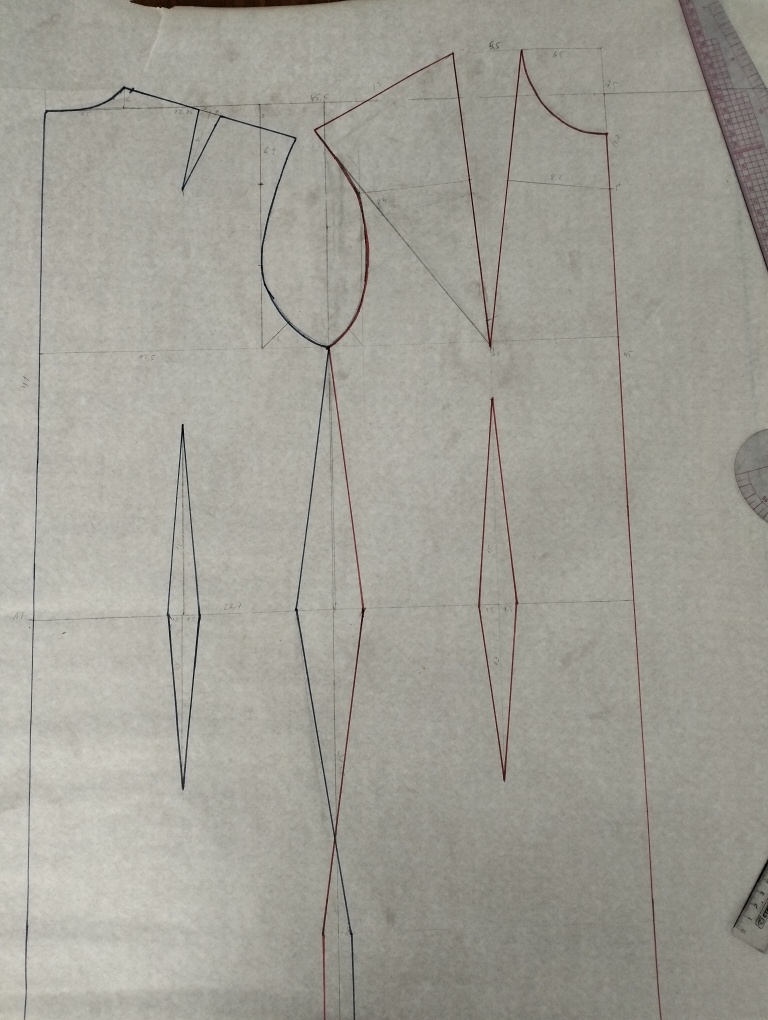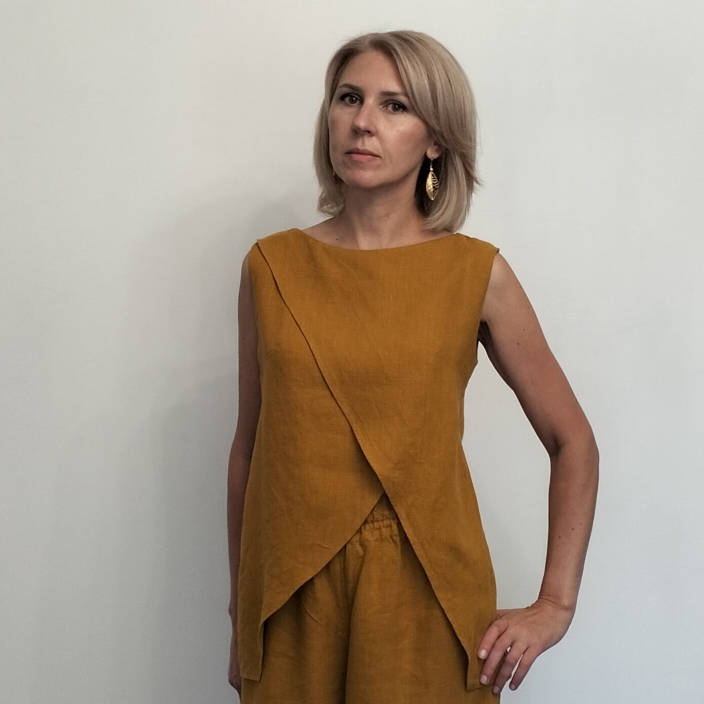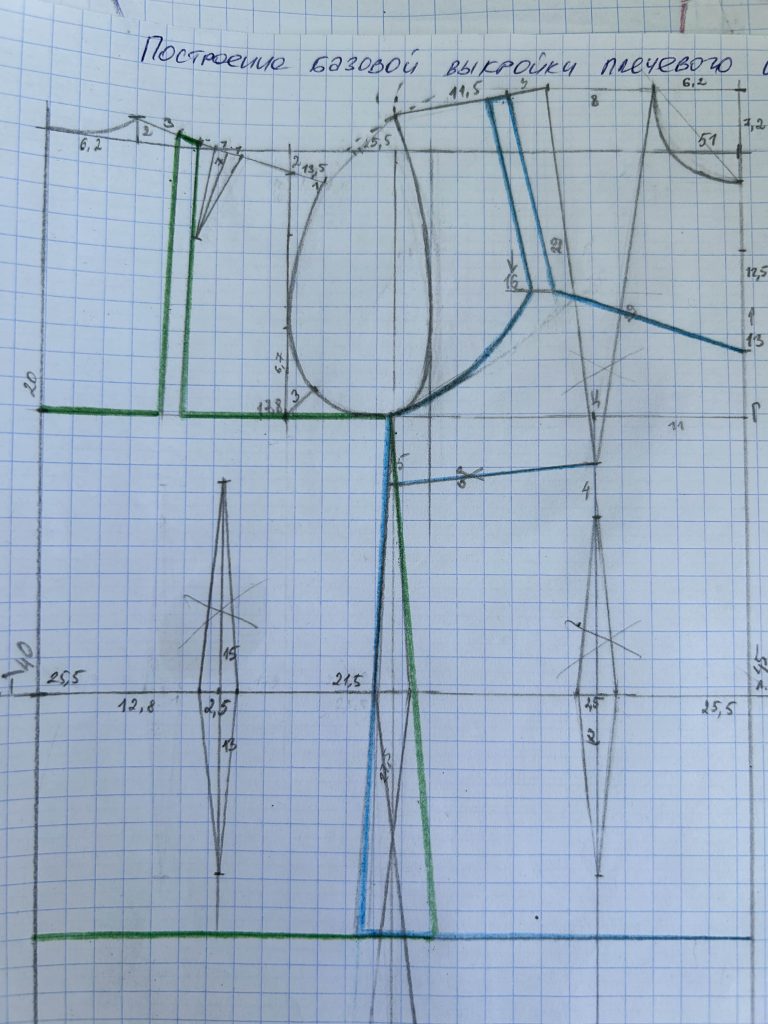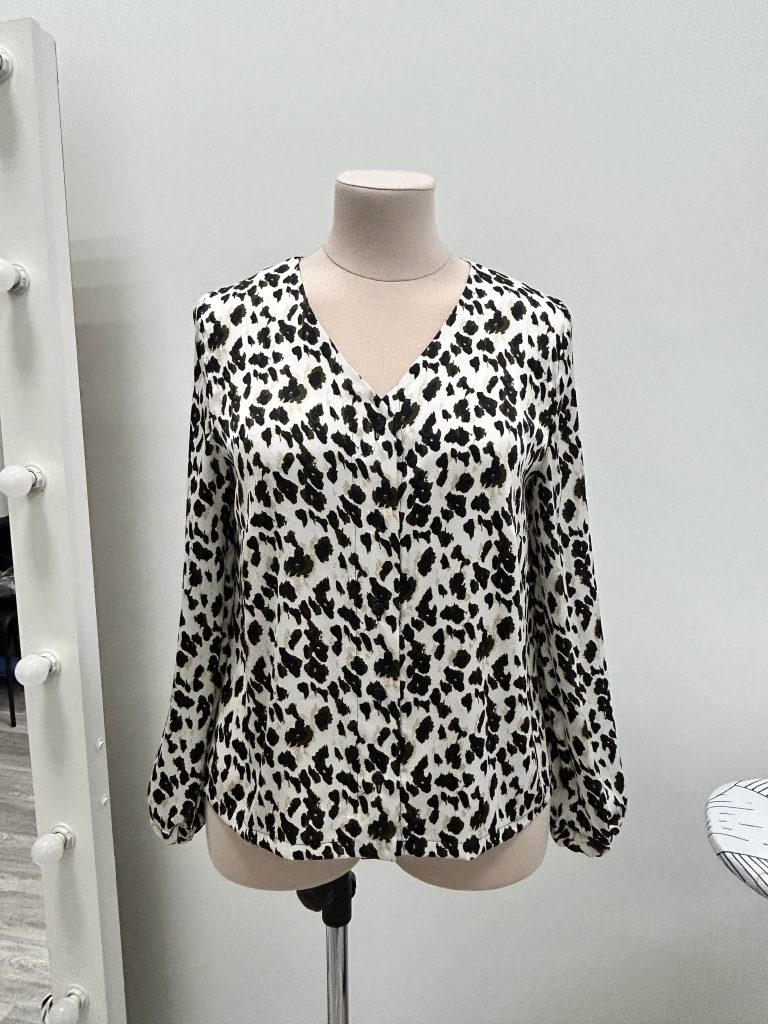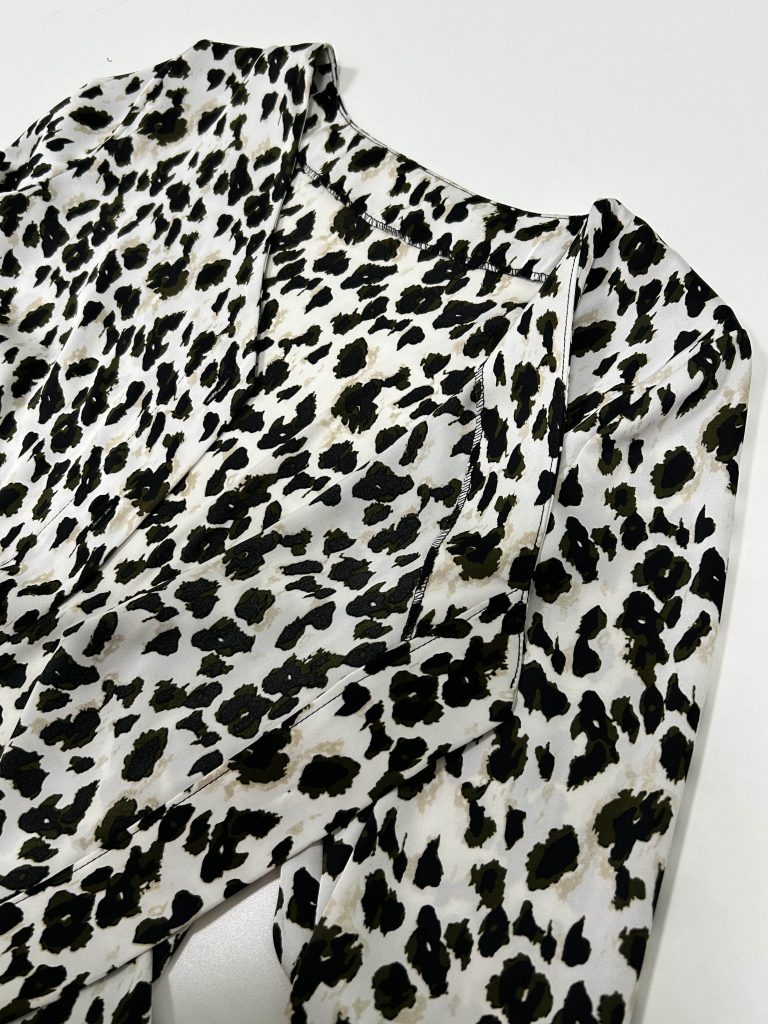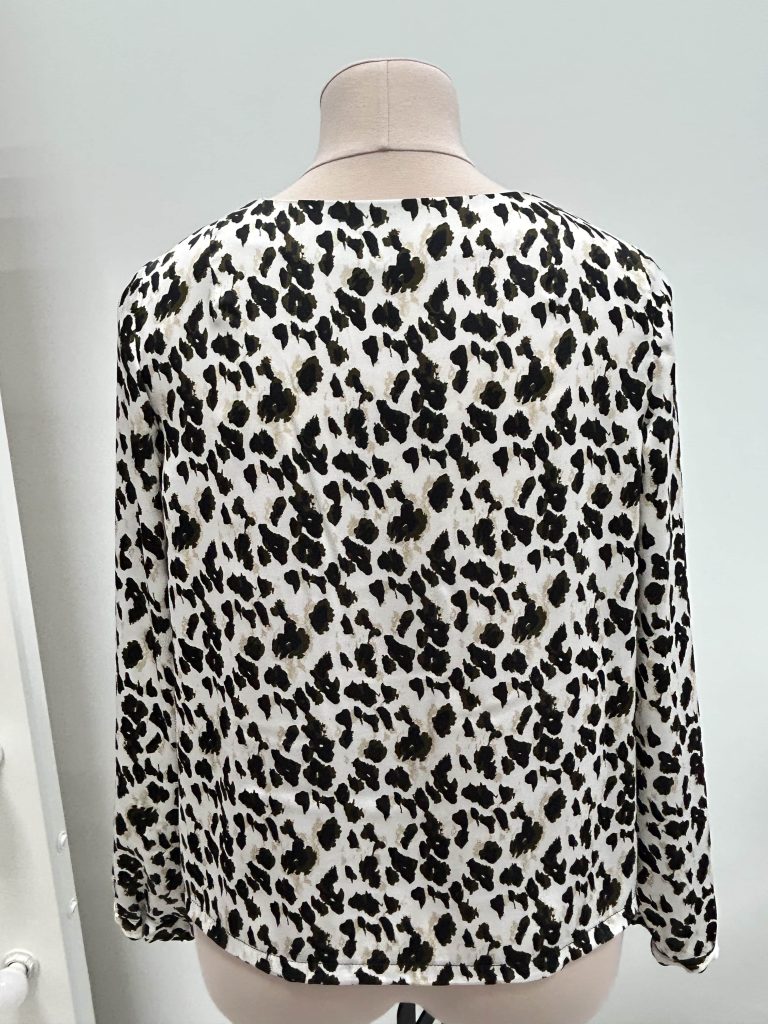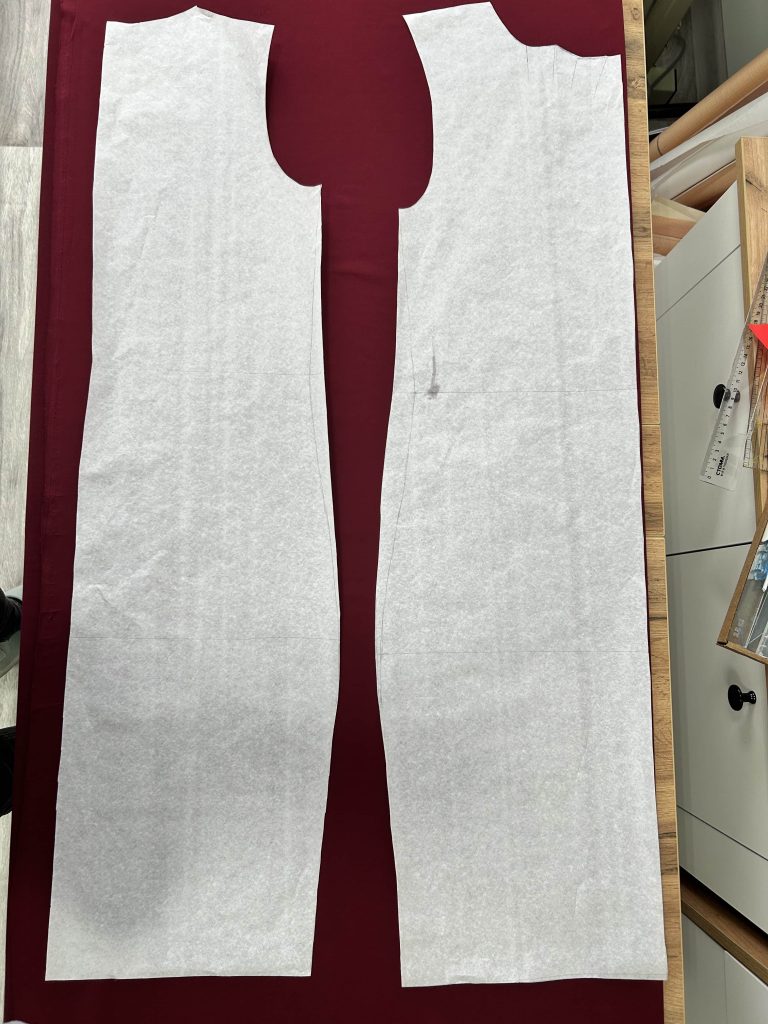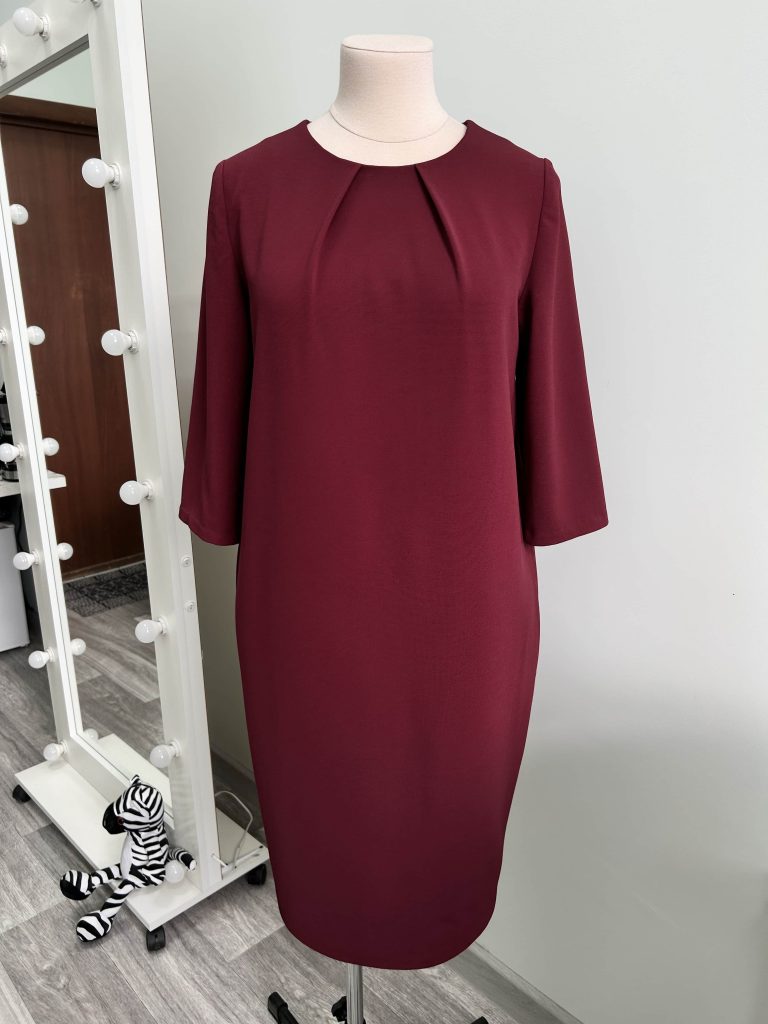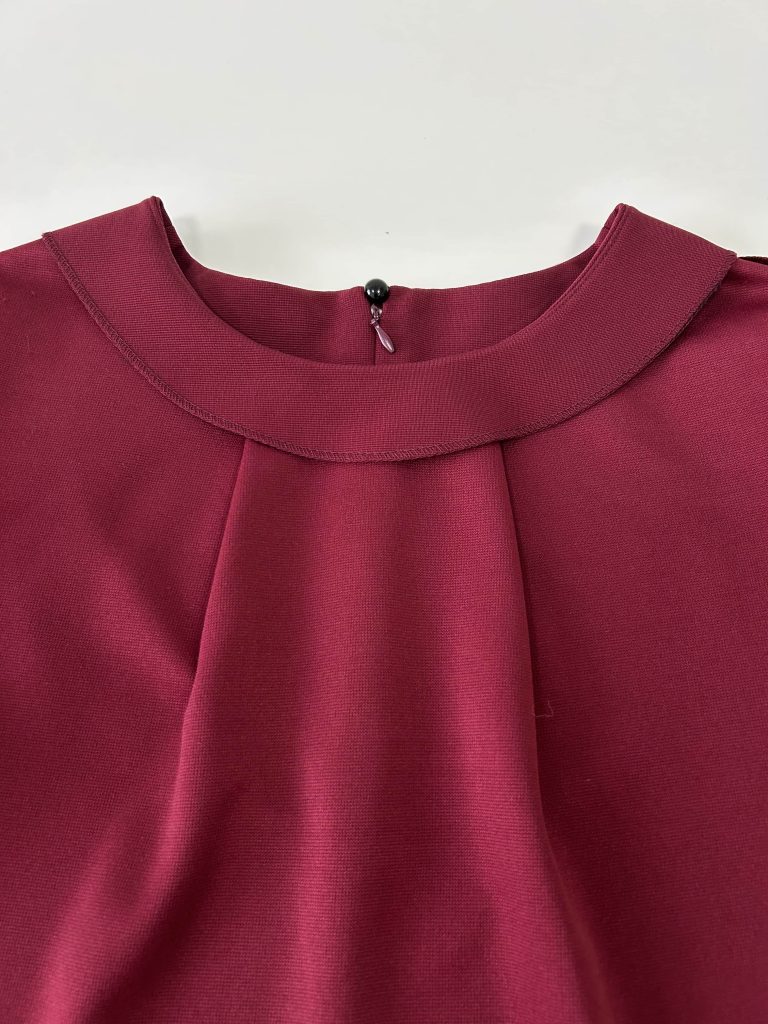Lifetime access

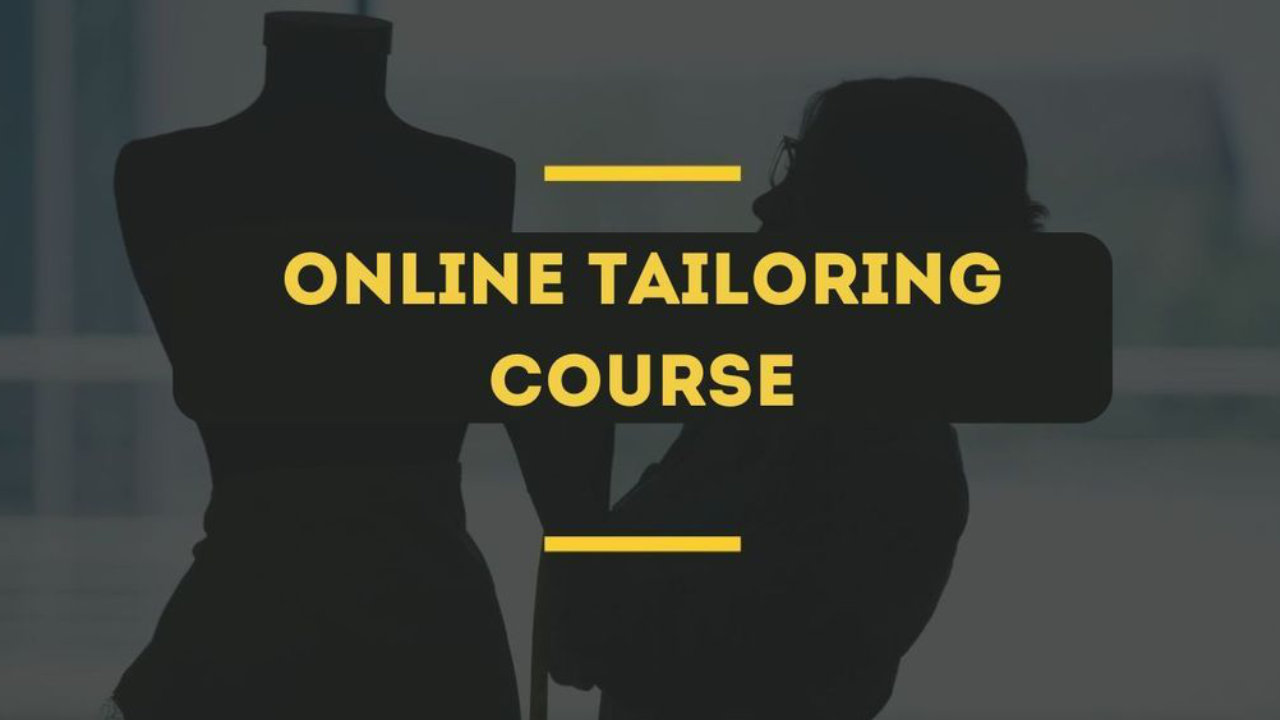
Lifetime access
6 months course
Online
Certificate
From February, 3 prices for all courses will rise
From 27.01 till 2.02 you can get a 50% DISCOUNT for this course
+ the course "Fashion designer: for beginners" as a gift (basic version)
From 3-02 the promo won’t be available anymore
Welcome to the Online Tailoring and Stitching Course by Italian E-learning Fashion School, designed to turn your passion for fashion into a professional skillset. Whether you're a complete beginner or looking to enhance your existing knowledge, our comprehensive 6-month program will guide you through every step of becoming a skilled tailor.
Our teachers are tailors and fashion designers with years of experience. Throughout the course, you'll receive personalized mentorship—your mentor will review your projects, give a feedback, and help you refine your technique.
Study from anywhere, at any time, at your own pace. This online course fits seamlessly into your lifestyle, ensuring that you can balance learning with your personal commitments.
Over the course of 6 months, you’ll learn everything from the basics of sewing to advanced garment construction techniques. Even if you’ve never sewn before, you will create:
Our step-by-step approach ensures that you build your skills gradually and confidently.
At the end of the course, you’ll receive a certificate, recognizing your achievement. With this certification, you can start your career as a tailor in any country, backed by the expertise and confidence gained from a well-rounded, practical education.
Start your tailoring journey today and craft a future in fashion!
90% time - Practice
All lessons are practical: under the guidance of teachers, you create a dress, skirt, trousers, blouse, jacket
Unlimited personal tutor
During the course, you are supervised and checked by a personal tutor, an experienced tailor.
1 course=2 professions
1 - you can open your own tailor's shop
2 - you can work in a company as a tailor.
Certificate of Italian School of Fashion and Design
After completing the course you will get a certificate as a Tailor from Italian School and you will be able to work as a tailor all over the world.
For beginners
You will learn step-by-step how to sew and cut, even if you've never sewn before.
Study when you want
All lessons are immediately available to you.
You study when you want
The program of the "Online Tailoring and Stitching Course"

1 module - Tools of a tailor

2 module - Express Method: How to Sew a Skirt in Just a Few Hours
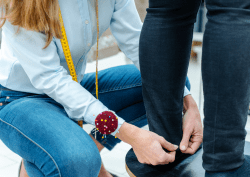
3 module - How to Make a Pattern and Sew Trousers
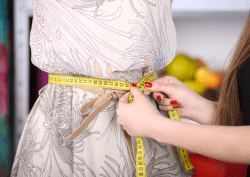
4 module - How to Make a Pattern and Sew a Dress
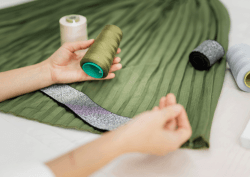
5 module - How to Make a Pattern and Sew a Skirt
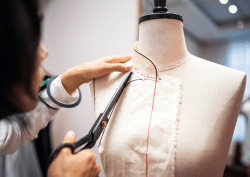
6 module - How to Make a Pattern and Sew Blouse/Top

7 module - The upper body garment designing and sewing ( jacket )

8 module - Fashion Moulage Techniques - A Step by Step Draping (included in premium version)

9 module - How to set up a tailor's shop

Creating clothes during the course
Each student during the course cuts and sews various items as practical assignments.
All assignments are checked by a mentor-teacher, who is an experienced professional tailor-designer.
What assignments do you complete during the course:
Learn to take measurements
Create basic patterns for skirts, dresses, trousers, tops.
Create patterns with modeling of skirts, dresses, trousers, tops
Sew a sun skirt, palazzo trousers, an oversize cocoon dress, a straight skirt, a buttoned blouse, a light down jacket




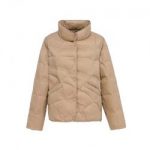

You will receive video lessons with recommendations from a tailor and designer on how to open your own studio.
How to properly establish work with clients and how to stand out from your competitors.
All our teachers have their own experience in creation of successful commercial collections, so they can give you practical advices.

Units: Designing and creating clothing designs using the moulage method (draping). How to set up your own studio.
She is a tutor on the course and checks students' homework

Units: Clothing lines or silhouettes. Types of fabrics

Units: Designing patterns for ready-made clothes. Basic skills of a tailor. Materials science
She is a tutor on the course. Checks students' homework.

Units: Creating basic clothing patterns, cutting fabric, sewing clothes
She is the leading teacher and mentor on the course. Checks students' homework

Units: Taking men`s measurements. Anatomy of men's clothing. How to open a studio
One of the advantages of the online education on this course is a low price. Our goal is to make high-quality professional fashion education available for everyone!
Basic version — 759 EUR
Standard version — 859 EUR
Premium version — 959 EUR
Basic version — 759 EUR - 379 EUR
Standard version — 859 EUR - 430 EUR
Premium version — 959 EUR - 480 EUR
Basic version — 759 EUR - 304 EUR
Standard version — 859 EUR - 344 EUR
Premium version — 959 EUR - 384 EUR
The course will teach you various methods of creating patterns for garments:
Yes, upon completion of the course, you will be able to open your own studio or get a job in a clothing manufacturing company as a tailor or seamstress. You will also receive a certificate, which you will show when applying for a job.
In addition, during the course, you will create a portfolio (patterns, finished garments), which you can show at an interview when applying for a job.
No special training is required. You can study even if you don’t know how to sew
The main thing is your desire, you can learn everything from scratch. On the course, you will learn to sew, cut, create patterns, take measurements.
For making patterns you will need: tracing paper, white A4 paper, a ruler, a pencil, markers measuring tape for taking measurements.
For sewing a skirt and trousers, you will need fabric.
Also a sewing machine, overlock, threads, scissors.
Yes, you can effectively study to become a tailor in an online format.
Our educational program is divided into 2 parts:
Part 1 — Theory
You watch video lessons by modules and study additional materials (as if you went to a regular institute and listened to lectures in the classroom). Video lectures can be watched an infinite number of times.
Part 2 — Practice
You do practical assignments, send them to the school teachers for checking and receive an analysis of the work. During the course, you cut out and sew clothes under the guidance of an experienced tailor-designer.
Your study is supervised by a personal mentor - a professional tailor and designer who has extensive experience in sewing and design, creating his own collections and working in a studio. The mentor is engaged in developing your skills.
You communicate with the teacher via e-mail (usually you receive answers to assignments and questions within 1-2 business days)



